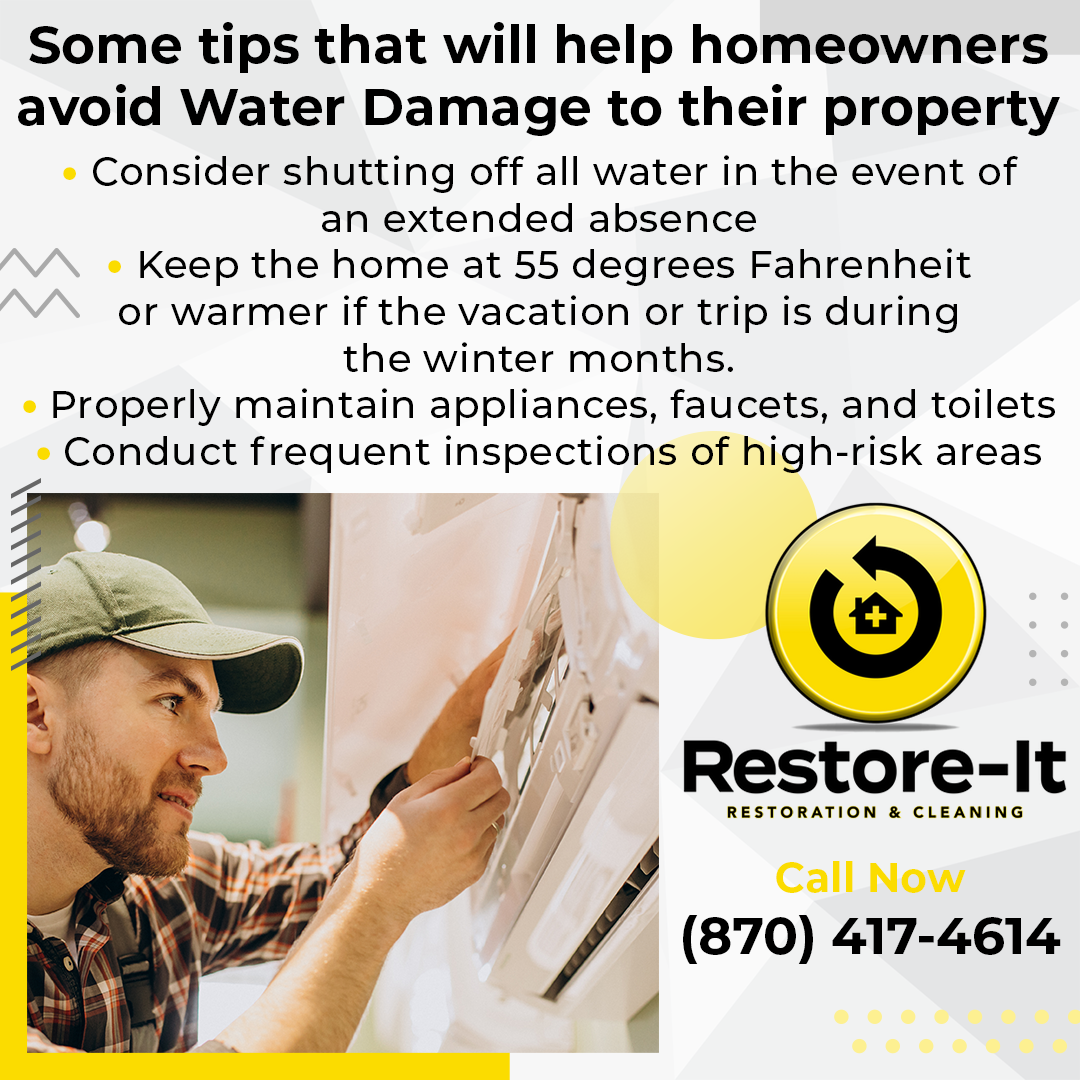Two of the top three leading causes of water damage in the home are related plumbing issues and appliance failures or malfunctions. About four in ten homeowners will experience some type of water damage. Recent research from a group of property management experts reveals more stunning statistics about water damage and water damage disasters. “Water damage statistics indicate even a minor leak can increase the average household water bill by 10%. The average home insurance claim for water damage is $11,098. 98% of basements experience some sort of water damage. 14.6 million U.S. homes are at risk of flooding. On any given day, home water damage emergencies affect 14,000 people. Nationwide, household water damage costs up to $20 billion annually.”
Why a Home Is Vulnerable to Water Damage
A home provides shelter from the elements. When heavy rains rumble on the roof, the family stays dry and cozy inside the house. Yet, hundreds of feet of water pipes snake their way beneath floors, between walls, and under cabinets. The water is under pressure waiting to be released. In most cases, when the water is released, it serves a purpose such as quenching thirst, cooking, washing clothes and dishes, showering or bathing, and flushing the toilet.
However, the consequences can be catastrophic when the water release results from a damaged, aging, or leaking pipe. A slow leak of two drops per second under the sink discharges over two gallons of water per day onto the floor of the cabinet. If the sink is in the upstairs bathroom, signs of a leak will soon appear on the ceiling below.
Bronze stains, peeling paint, and warped sheetrock will soon become obvious to the occupants of the home. A musty, mildewy smell will become detectable in about a day or two when the water stagnates and mold begins to grow. If the bathroom is over the seldom-used downstairs spare bedroom, the only warning sign of a leak the family receives is the sound of water-soaked sheetrock crashing to the floor. The barely audible tick-tick sound the guest thought was a clock was the drip-drip of the supply line to the upstairs sink or toilet.
A slow drip can cause severe damage fast. After a week or two, the floor of the cabinet is warped and rotting. The baseboards are swollen, and the floor outside the cabinet door is growing soft and mushy. A leak detection sensor with a shutoff valve could have prevented the problem. Ninety-three percent of water damage disasters could be avoided with the installation of this inexpensive, highly effective technology.
The thin supply lines that feed a bathroom sink, the toilet, or the icemaker can release two or three gallons of water per minute. A brief leak can be mopped up once the water is shut off, but if the burst supply line free flows for a long, three-day weekend, nearly ten thousand gallons of water will flow into the house. A 2,000-square-foot basement will become a shallow pond about eight inches deep.
If the water release stems from a burst washing machine supply line or a ¾-inch water line, that same three-day weekend water damage disaster can flood the crawl space or fill the basement with 30,000 gallons of water.
Why Do Pipes Burst?
A slow leak can gradually become a faster leak that eventually becomes a spewing fountain if not caught early and repaired. During renovations, an errant nail can sometimes pierce a pipe, flood the home, and ruin the renovation project. Also, variations in water pressure can rupture pipes. A sudden, intense increase in water pressure can damage fittings, resulting in a water release. Finally, one of the main causes of a burst water pipe or supply line is age. By replacing supply lines with the dishwasher, washing machine, ice maker, and water filter, a major water disaster can be avoided.
When cleaning under sinks, around toilets, or behind the washing machine or refrigerator, inspect the water supply lines. Check the floors, baseboards, and walls for water stains, warping, and mold stains. A moldy, mildewy smell is a sure indication of mold and mildew. Search until the source of the water damage is located. This search may require a professional with advanced water detection equipment.
How to Handle a Water Damage Disaster
Small leaks and spills can be handled by the homeowner, but large spills need the attention of water damage cleanup and restoration professionals. The team at Restore-It Restoration and Cleaning has the heavy-duty pumps to clean up the deep waters flooding the basement. Powerful wet-dry vacuums remove the remaining water. Commercial dehumidifiers and rapid-spin fans work continuously to dry out a flooded home. The team of certified professionals knows how to quickly clean and restore water-damaged flooring, carpet, upholstery, documents, clothing, electronics, and wood furniture.
Delays can complicate the cleanup and restoration by allowing advanced secondary damage to occur. Items that could have been restored now must be discarded. If the mold gets a foothold, another layer of expense and time is added to the project.

































